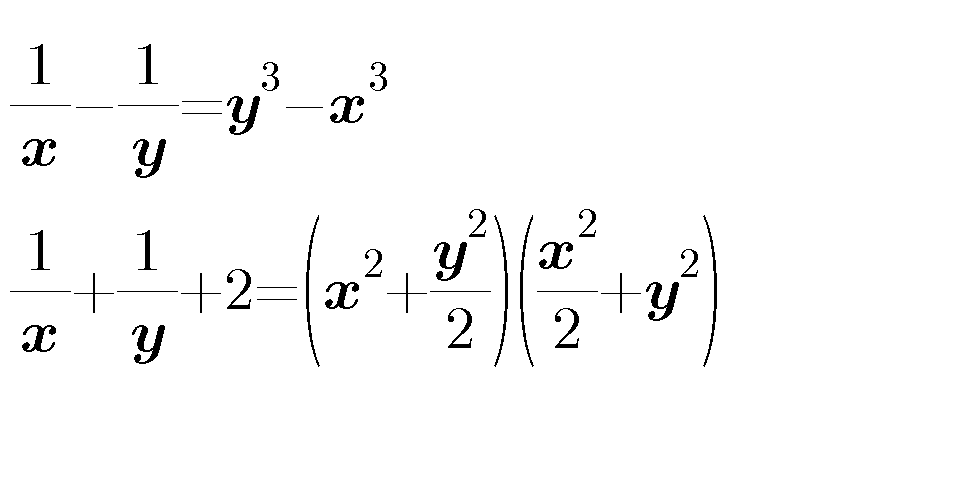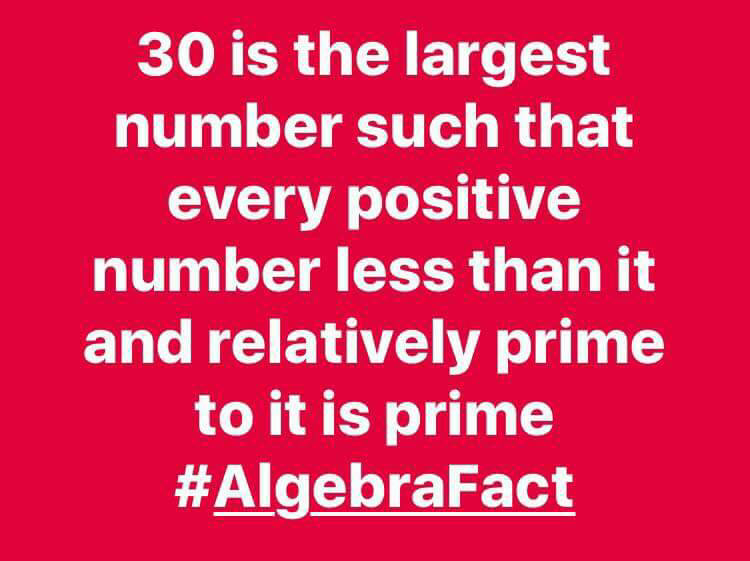
AlgebraQuestion and Answers: Page 363
Question Number 18386 Answers: 1 Comments: 1
Question Number 18369 Answers: 1 Comments: 0
Question Number 18299 Answers: 0 Comments: 2
Question Number 18247 Answers: 0 Comments: 0
Question Number 18152 Answers: 0 Comments: 0

Question Number 18149 Answers: 1 Comments: 2

Question Number 18053 Answers: 0 Comments: 5

Question Number 17997 Answers: 0 Comments: 0
Question Number 17985 Answers: 1 Comments: 0
Question Number 17775 Answers: 2 Comments: 0
Question Number 17759 Answers: 1 Comments: 0
Question Number 17742 Answers: 1 Comments: 1
$$\mathrm{x}^{\mathrm{3}} \:=\:\mathrm{3}^{\mathrm{x}} ,\:\:\:\mathrm{find}\:\mathrm{x}. \\ $$
Question Number 17740 Answers: 0 Comments: 1

Question Number 17638 Answers: 0 Comments: 4
Question Number 17576 Answers: 1 Comments: 0
Question Number 17575 Answers: 0 Comments: 3

Question Number 17454 Answers: 1 Comments: 0
Question Number 17279 Answers: 0 Comments: 3
Question Number 17260 Answers: 1 Comments: 1
Question Number 17065 Answers: 0 Comments: 4
Question Number 17019 Answers: 1 Comments: 0
Question Number 17018 Answers: 0 Comments: 8
Question Number 16990 Answers: 1 Comments: 4
Question Number 16969 Answers: 0 Comments: 0

Question Number 16935 Answers: 1 Comments: 0
Question Number 16909 Answers: 1 Comments: 0
Pg 358 Pg 359 Pg 360 Pg 361 Pg 362 Pg 363 Pg 364 Pg 365 Pg 366 Pg 367
